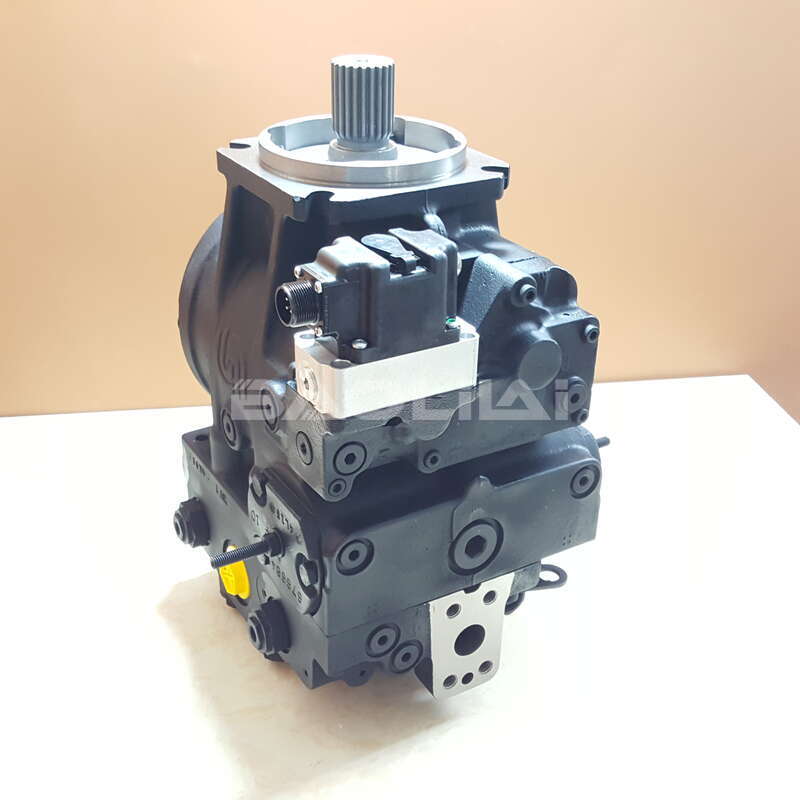90L180HS5BC80TCF1J03FAC424228 hydraulic pump
90L180HS5BC80TCF1J03FAC424228 hydraulic pump

- Product Details
- Applicable Scene
Cavitation is a common issue in hydraulic systems, particularly in low-pressure applications. This phenomenon occurs when the pressure in the hydraulic fluid drops below its vapor pressure, leading to the formation of vapor bubbles. When these bubbles collapse, they can cause significant damage to hydraulic components and reduce system performance. Understanding how to address cavitation problems is essential for maintaining the efficiency and longevity of hydraulic systems. Here are several strategies to tackle cavitation issues in low-pressure systems.
90L180-HS-5-BC-80-T-C-F1-J-03-FAC-42-42-28
90L180HS5BC80TCF1J03FAC424228
First, it is crucial to identify the symptoms of cavitation, which may include unusual noises from the pump, fluctuations in flow, reduced system performance, and increased wear on components. Early detection is key to preventing further damage. Operators should monitor system parameters regularly and conduct inspections to pinpoint potential problems.

83018113
One of the primary solutions to cavitation issues is to ensure that the suction pressure at the pump is sufficient. This can be achieved by recalculating the Net Positive Suction Head (NPSH) requirements. The NPSH available in the system must exceed the NPSH required by the pump to prevent cavitation. If the available NPSH is too low, consider increasing the fluid level in the reservoir or reducing the length of the suction line to minimize pressure losses.
Another approach is to utilize pumps designed for low-pressure systems. Some pump types, such as positive displacement pumps, can handle varying pressure conditions better than others. It may also be beneficial to select a pump with a lower NPSH required value to enhance cavitation resistance.
Implementing proper fluid filtration and maintaining clean hydraulic fluid can also alleviate cavitation problems. Contaminants in the fluid can lead to pressure drops and negatively affect system performance. Regularly changing filters and conducting fluid analyses can help maintain optimum fluid conditions.





